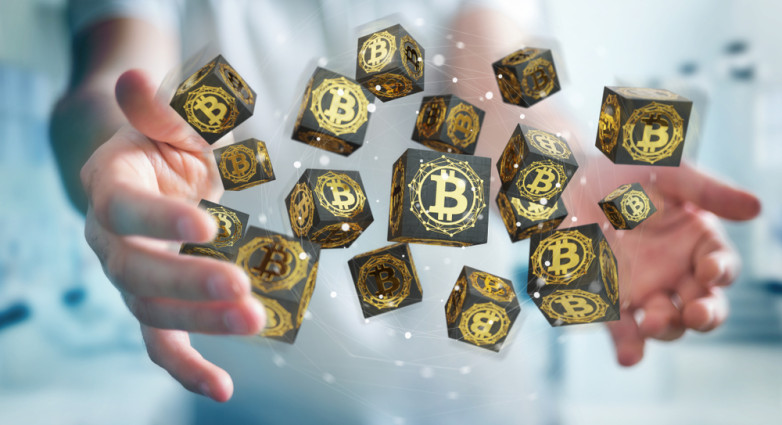While most people are still trying to figure out how cryptocurrency can work at all, the illuminated tech folks at CES (the Consumer Electronics Show) were trying to figure out how to tear it apart to examine its inner workings and use different elements: specifically, how to use the blockchain in everything from monitoring agricultural crops to manufacturing to banking. Here’s why.
Bitcoin was the first cryptocurrency to catch the public imagination, spurring a host of others that now make the headlines. But to do business with a currency focused on anonymity, several major functions are required, not the least of which is the ledger that keeps track of transactions.
Traditional ledger systems record who is responsible for a transaction and should be resistant to tampering. To address this, cryptocurrency employs a distributed record of all the transactions, so that no one person could trivially manipulate the ledger. This is called the blockchain (originally "block chain").
But a very hack-resistant distributed ledger turns out to be useful in all sorts of applications, and the folks at CES 2018 were doing just that.
The first obvious candidate was banking, a sector that has been hard at work trying to implement blockchain to secure the vast troves of digital transactions that happen every microsecond of every day. Banks have long struggled with an inability to stamp out fraudulent transactions, so there is enthusiasm for blockchain's potential to solve a significantly important piece of the anti-fraud puzzle.
But other sectors like manufacturing could use the technology as well. Suppose you want to keep track of every one of the pieces of what you are building, all the way from the individual vendors, through the assembly process, distribution, and warranty for failed items in the field. Having a lightweight tracking system for all the parts along the way would seem to make sense.
A while back people were questioning the usefulness of cryptocurrency specifically because full implementation as an end-to-end currency replacement was difficult to nail down. But regularly be the case with various open source technologies until innovators find that "killer app", one that resonates with users, and upon which fortunes are built on top of. You can download email server software for free and run it on a server yourself, but that’s far from the way average users interact with that software: rather, they log into webmail which then triggers the underlying technology that sends and receives email through the open source brains behind it all.
Blockchain seems to be developing like that. It still isn’t clear what the “killer app” will be, but row after row of vendors at CES think they have a very clear use case and have baked their version into new tech that they are looking to sell very soon. And since they don’t have to do all the heavy lifting of making blockchain work as the underpinning technology, they’re free to innovate and try to sell some of that tech to you, hopefully in the near future. Soon, we may not be able to imagine a world without a bulletproof ledger system that reliably keeps track of everything on your farm, car, production line or bank statement. If the folks at CES have anything to do with it, the time for that is now.





